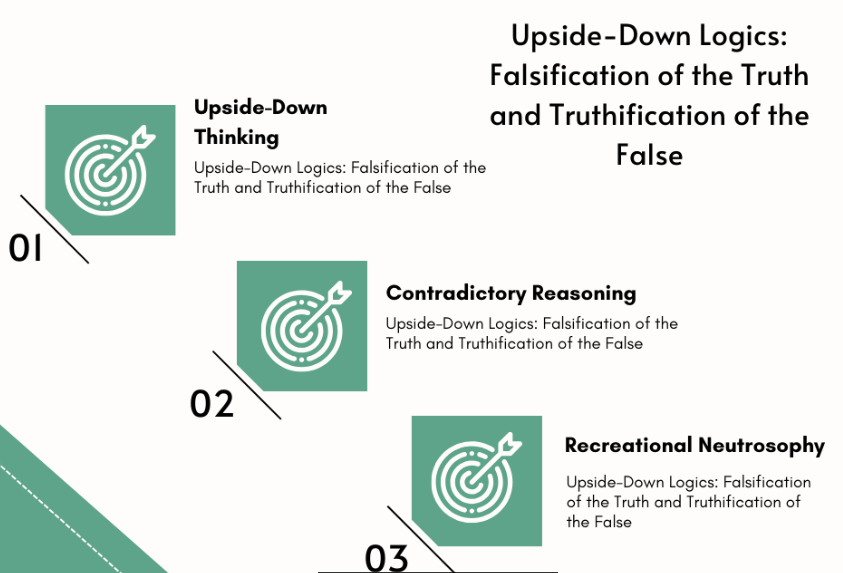Upside-Down Logics: Falsification of the Truth and Truthification of the False
Main Article Content
Abstract
This paper is about funny science, recreational mathematics, upside-down thinking, or contradictory reasoning (to think backward). Since a statement in some conditions may be true, in other conditions false, and a third type of conditions partially true and partially false. The paper presents for the first time two types of Upside-Down Logic, the first one is falsification of the Truth (when a true statement is transformed into a false one), and the second one is the opposite: Truthification of the False (when a false statement is transformed into a true one) - within the frame of Recreational Neutrosophy. All transformations from <A> to <antiA> or vice versa should be real, making sense in our real world. Kind of magic logic! Falsification and Truthification are mostly used in the Social Sciences (Anthropology, Archaeology, Economics, Geography, History, Law, Linguistics, Politics, Psychology, Sociology), Philosophy, etc. excelling in Politics:
Falsifying the Truth of Enemies
[We seek to diminish the enemy's positive side to the point of cancellation and to increase the enemy’s negative side to the point of exaggeration;] and
Truthifying the False of the Friends
[The opposite: We seek to decrease the friend’s negative side to the point of cancellation, and to increase the friend's positive side to the point of exaggeration.].
Downloads
Article Details

This work is licensed under a Creative Commons Attribution 4.0 International License.





